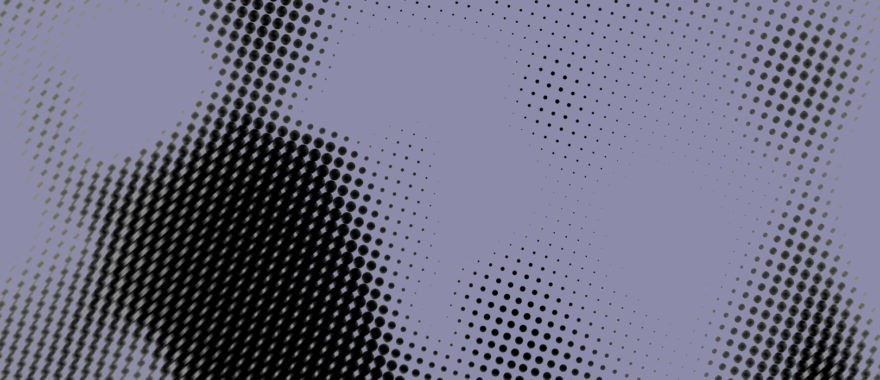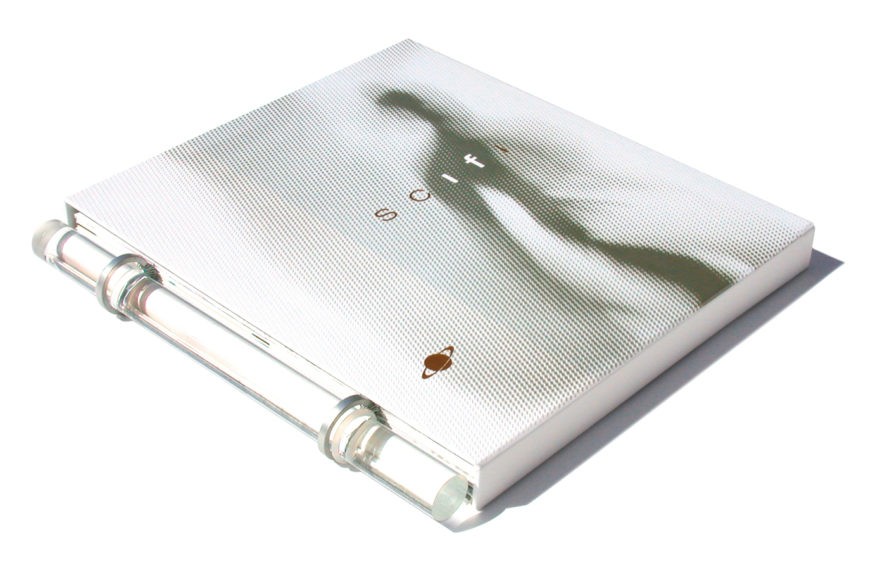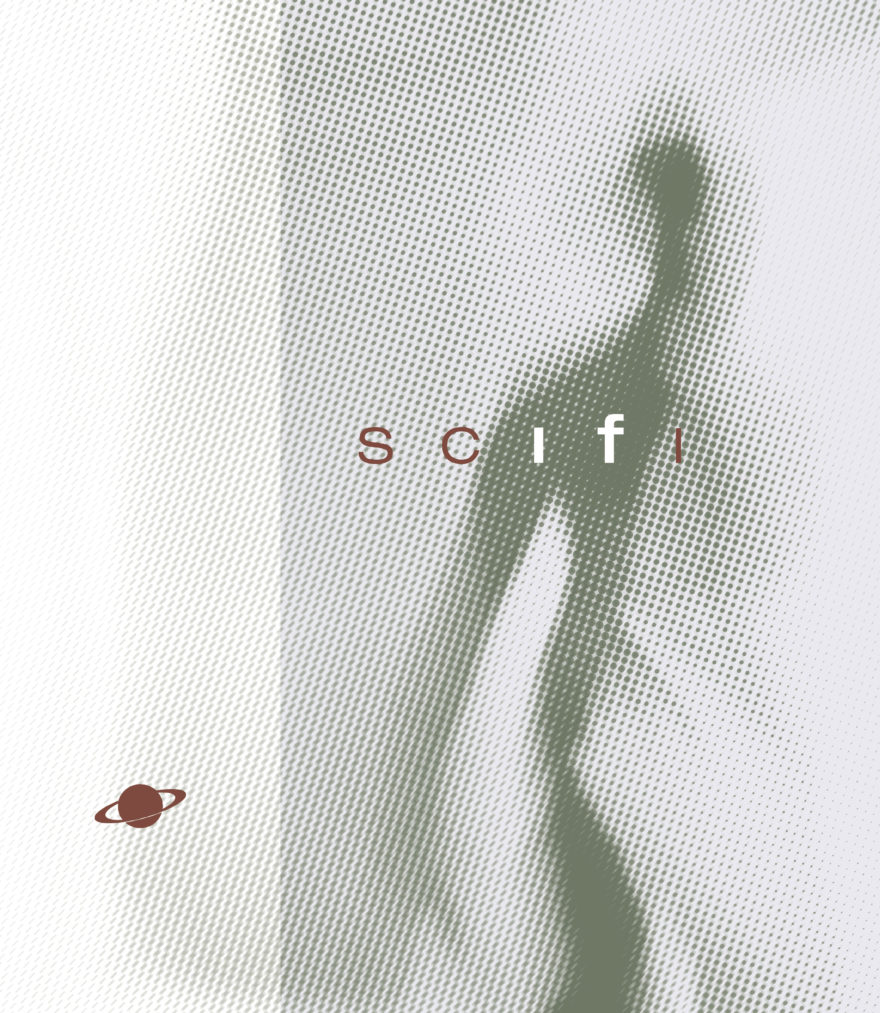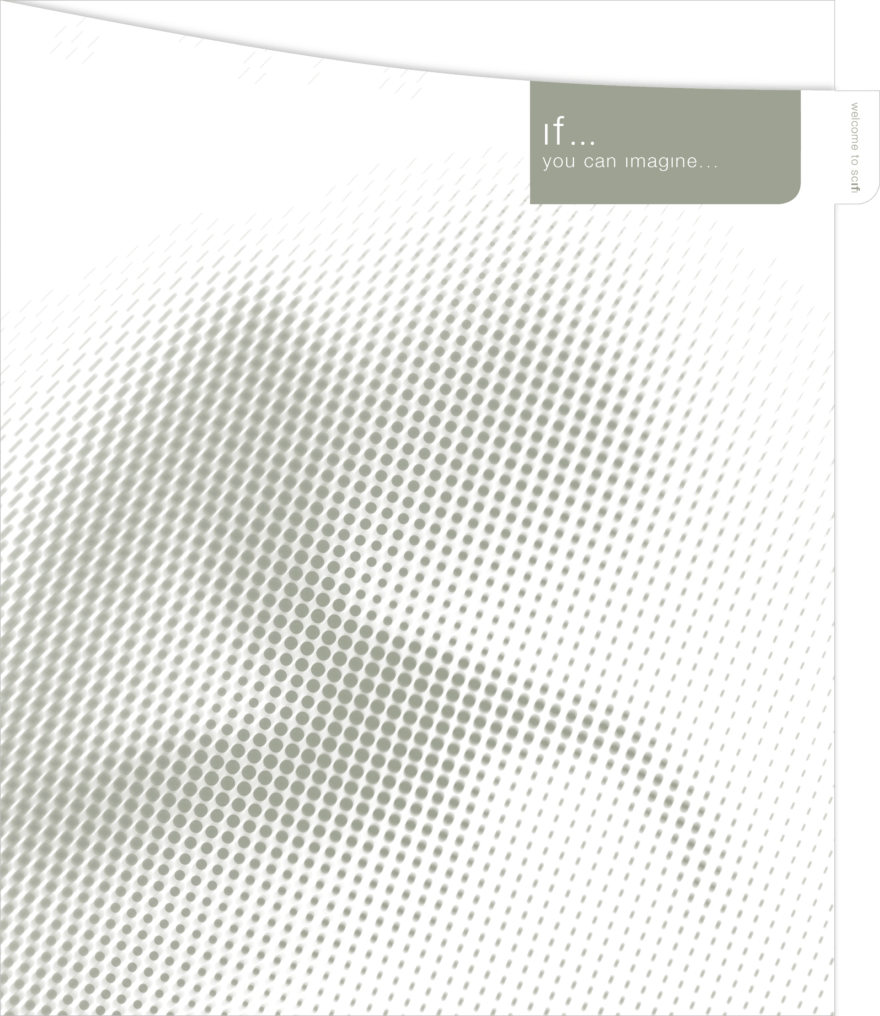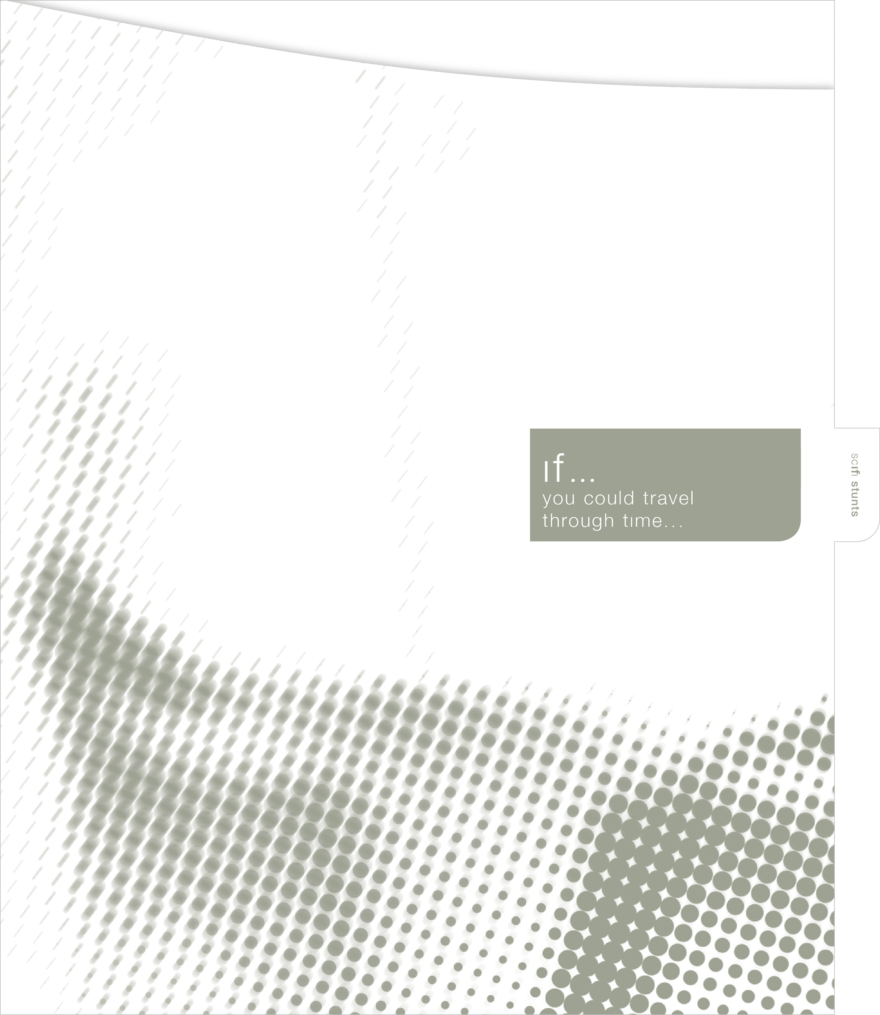Each spring, broadcast and cable networks present their programming for the upcoming season to media buyers in events known as “upfronts.” The goal is to convince the buyers to commit to ad deals for shows months, or even years, away. And even though digital media continues to grow, television is still the most cost-effective ad medium for large-scale campaigns.
During the the height of cable television (between the predominance of broadcast and streaming media) upfront kits were often lavish productions. Our work for the Sci Fi channel began by looking for the strangeness of science fiction outside traditional science fiction resources.
We landed on a concept evoked by Jorge Luis Borges’ “The Library of Babel.” A library which contained all possible orderings of just 25 basic characters — an alphabet of 22 letters, the period, the comma, and space.
Though most of the books in this library are pure gibberish, it also contains every coherent book ever written, or might be written, and every possible permutation of every one of those books. The library must contain all useful information, including predictions of the future, biographies of any person, and translations of every book in all languages. And for the gibberish texts, some language could be devised that would make it readable.
Such a situation contains an aspect of infinity. And Borges’ narrator suggests that the library might repeat itself periodically.
So to create this “Borghesian space,” we designed a book binding where there was no front, no back and no middle. It kept repeating. This resulted in a series of pockets (where the details of each show were contained) gathered in a non-traditional binding, which centered around a transparent axis.
The possibilities of science fiction were emphasized typographically, by highlighting the “if” contained in the words “Sci Fi.” This simple move was repeated in all marketing by the channel for years, until it was renamed with the neologism “Syfy.”
